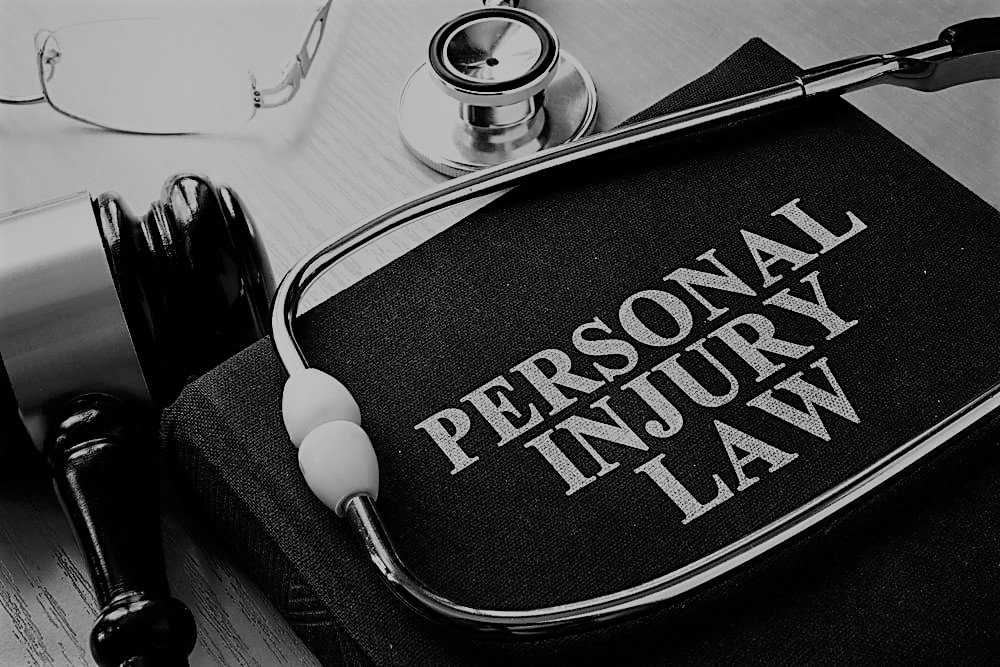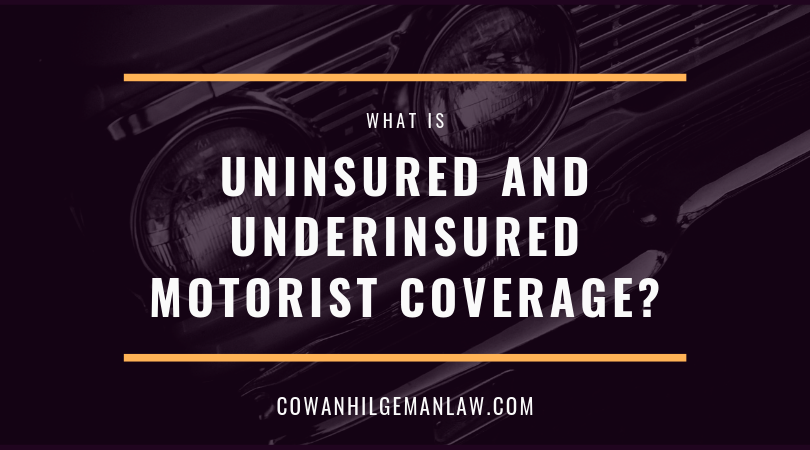Personal Injury
Ask the Attorneys, Personal Injury
Why Won’t A Lawyer Take My Ohio Personal Injury Case?
The Ohio personal injury lawyers at Cowan & Hilgeman often take cases other law firms reject. The personal injury lawyers at Cowan
Ask the Attorneys, Personal Injury
How Long Does an Ohio Personal Injury Lawsuit Take?
You may consider filing an Ohio personal injury lawsuit if the insurance company is making a low-ball settlement offer, denying
Ask the Attorneys, Personal Injury
What Are Soft Tissue Injuries?
The most common soft tissues injured are muscles, ligaments and tendons. Soft tissue injuries are often associated with car accidents and
Ask the Attorneys, News, Personal Injury
Attorney Jack R. Hilgeman of Cowan & Hilgeman in Dayton, Ohio, named to America’s Top 100 High Stakes Litigators®
Attorney, Jack R. Hilgeman, Partner at Cowan & Hilgeman, was named to the 2018 list of America’s Top 100 High
Ask the Attorneys, Personal Injury
How Long Does a Personal Injury Case Take?
There are many variables and factors that determine how long it will take to resolve your personal injury case. The
Ask the Attorneys, Car Accident, Personal Injury
What is Uninsured and Underinsured Motorist Coverage?
Unfortunately, despite Ohio law requiring that motor vehicle operators carry auto insurance or a bond, it is estimated that 12.4%
Ask the Attorneys, Medical Malpractice, Negligence, Personal Injury
Birth Injuries That Can Result from Medical Malpractice
After the labor and delivery process, the last thing a mother wants to hear is that something is wrong with
Ask the Attorneys, Car Accident, Personal Injury
Can You Recover Lost Wages From a Car Accident?
Ohio Revised Code §2315.18 (A)(2)(a) allows injured parties to recover for economic loss, including “all wages, salaries, or other compensation






